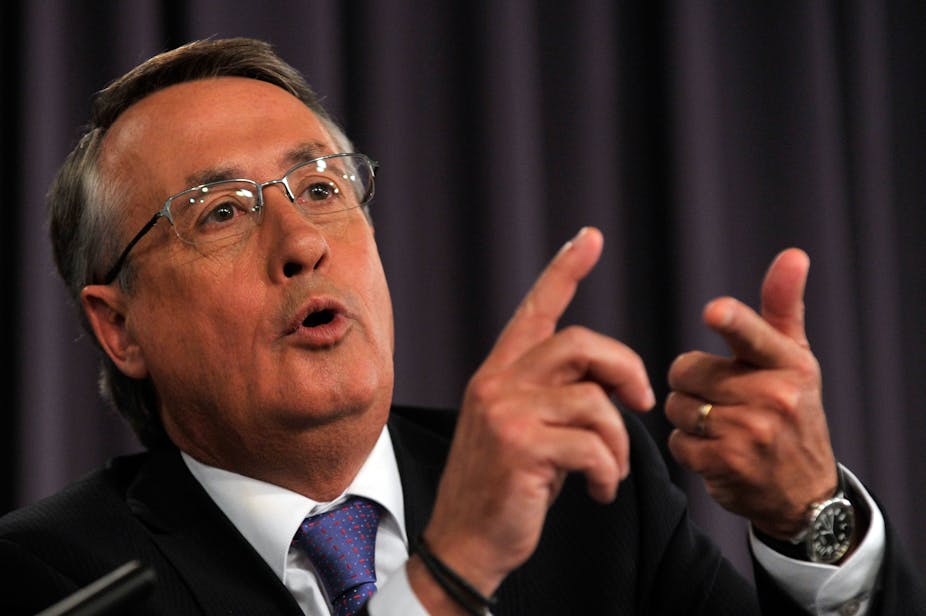The Treasurer, Wayne Swan, has put out an appetiser for the Treasury modelling of the introduction of a carbon tax. In his speech to the National Press Club he reiterated the necessity of introducing a carbon price. He emphasised it would have a marginal effect on real national income per capita, and would not affect the growth of employment.
Most economists agree that we should use the market mechanism: we must introduce a carbon price, although there are differences about whether it should be a cap and trade system (emissions trading scheme) or a tax on emissions.
If we take as given that human induced climate is a reality, then it is imperative that we take out “insurance” against this possibility. Most households take out insurance against theft or damage to their household goods as well as comprehensive car insurance against accidents, even though the risks are very small.
If the probability of significant climate change is real (even if it is small) then the world should insure itself by introducing policies to reduce carbon emissions.
The Government’s proposal to compensate low and middle income households for any increase in the cost of living by using half of the revenues raised from a carbon price is essential. This would increase their real incomes and they would substitute consumption away from emission-intensive goods to less emission-intensive goods.
On the basis of Treasury modelling, Wayne Swan tells us that the growth of real national income (per capita) would go down from 1.2% to 1.1% per cent per annum until 2050. Again, he states that employment growth would be the same with or without the price on carbon: there would be 1.6 million more jobs by 2020.
In most modern economies there is a vast amount of job creation and job destruction taking place simultaneously. Work by Bruce Chapman shows that the impact of a carbon price on employment is trivially small.
However, it is difficult to comment on Wayne Swan’s figures as we do not know the exact assumptions underlying these projections: exactly how do consumers respond to relative price changes, and how do firms respond to the changes?
Most importantly, we need to know what assumptions have been made about the changes in investment by firms towards less carbon intensive production methods. Are the estimates realistic?
In my opinion, I would expect the impact to be small and hence the projections are “reasonable”.
Should we rely solely on the market mechanism? Some economists (including myself) would argue that we could use some supplementary direct measures, such as a ban on new coal fired power stations, a ban on brown coal fired power stations, increased subsidies to green energy development, and research and development for activities that are less emissions intensive.
We will have to wait and see until all is revealed in due course.

